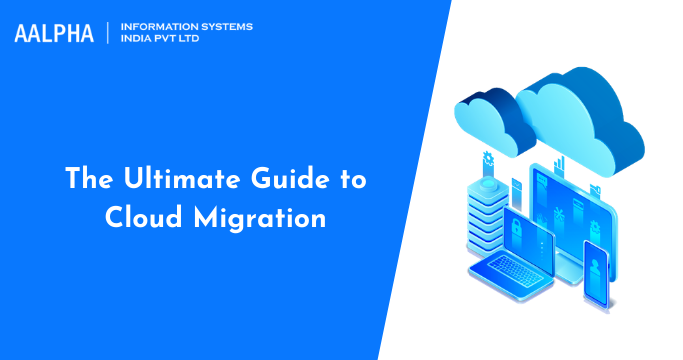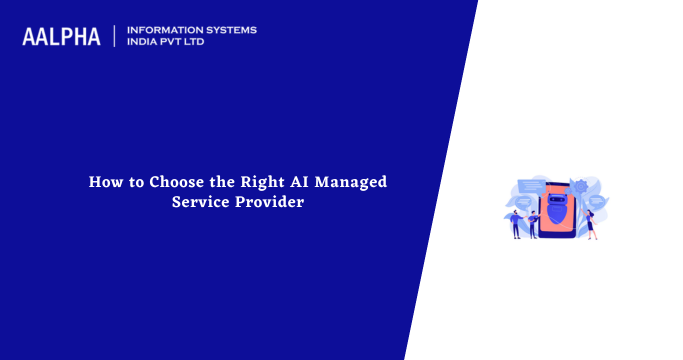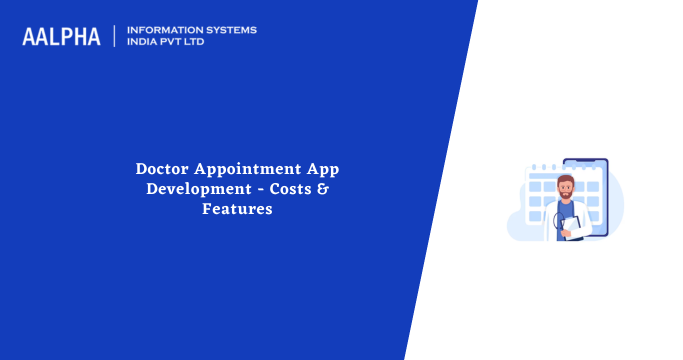Cloud migration uses public cloud solutions to replace or supplant existing IT resources.
Most migration initiatives start with replacing the existing solutions with better ones. Many organizations are looking to move their technology workloads to a public cloud.
Migration is not a simple process and can be pretty burdensome. Moreover, it is essential to get a better understanding of the process before starting. So, here’s the guide to Cloud Migration.
Did you know? By 2027 the cloud migration services market size is expected to reach $515.83 billion.
Key things you should understand about cloud migration:
- It is essential to comprehend the difference between the current environment and the Google cloud. The source environment can be private hosting or on-premises.
- It is also required to identify workloads that require migrating. Start the process by classifying workloads as either cloud-native or legacy.
- Check the maturity level of the organization to check suitability for cloud technologies.
- Get familiar with different types of migration approaches and tradeoffs.
Check: cloud computing service providers in India
Checklist for Cloud Migration:
There are a lot of things involved in cloud migration. More importantly, before you decide to move ahead with the decision it is smart to create a checklist. A checklist makes sure that you do not forget or miss anything.
Here are key points of a checklist for cloud migration:
- Categorizing workloads
- Choosing an ideal cloud provider
- Appointing a team (in-house or outsource)
- Estimating cost
- Keeping in touch with stakeholders
- Creating a migration roadmap
- Establishing team skills
- Selecting the best cloud migration tools
- Creating KPIs for migration
- Executive migration
- Maintaining and managing cloud
Check: saas development company
Cloud Migration Step-by-step guide:
Cloud migration must be executed in an organized manner and in well-defined steps. Following proper steps ensures a streamlined transition. The basic cloud migration steps do not change and the core processes depend on the size of the business and complexities of infrastructure.
Here are some essential steps that will make you understand the process of cloud migration.
-
Prioritizing requirements:
The first step is considering the size of the company and the corresponding business requirements. Holding Q and A within the company is essential for establishing goals that will assist with creating a strong cloud migration plan.
- Some common questions that must be asked are:
- What is your reason for moving to the cloud?
- What do you expect from the cloud?
- Which cloud strategies are best suited to satisfy your business requirements?
- What are your server, performance, and security requirements?
The answers will provide the overview you will need to make the cloud migration.
-
Find a suitable cloud provider:
Check out the different cloud service providers available. Make a list of companies that have the best services to offer and compare them. The comparison you make must include the following things:
- Storage capacity they are offering
- Compute of the providers
- Corresponding reach and market share
- Price model and their level of flexibility
Check: difference between azure and aws and google cloud
-
Make a decision about cloud migration style:
The next step to move ahead with the migration process, it is essential to select a suitable cloud migration style. Here are three popular styles to choose from:
- Hybrid cloud:
The hybrid cloud is a combination of on-premise, private, and public service centers.
- Single-cloud:
This style involved the use of only a single cloud vendor and it is not the most suitable for satisfying market dynamics.
- Multi-cloud:
The style includes using two or more public cloud providers so that the best of all scenarios can be created.
-
Communicating with Stakeholders:
Cloud migration is a big step for an organization. Some companies consider investing in digital transformation that changes operational guidelines of the whole system. Maintaining flawless communication is vital for going through cloud migration smoothly.
-
Selecting cloud migration tools:
There are a variety of cloud migration tools to choose from. There is also the option of choosing a cloud migration services partner to assist you in choosing the best tools and making sure that they synchronize with the company’s cloud strategies and deployment model.
-
Application and data migration:
Take the cloud migration strategy into consideration and move ahead with the process. The technical support team can help with migration. Moreover, if you do not have adequate technical support available then there is always the option of outsourcing. It is essential to understand and stick to privacy and security protocols as they are crucial.
-
Ensure security:
When the migration is done, you will get to enjoy all the performance benefits and increase the savings. Moreover, it is also essential to invest in the ongoing maintenance of the cloud. You will need to assess cloud health continually and there are cloud monitoring tools that can help you in keeping up with it.
Here are some things you need to monitor and track:
- Uptime performance
- Identifying, analyzing, and fixing utilization and security gaps
- Mapping memory utilization of virtual machines
Conclusion:
To sum up this guide to Cloud Migration, Cloud migration allows a company to shift its legacy infrastructure to a cloud environment. Moreover, it is helpful in transforming the digital experience and offers significant benefits to an organization and its customers. It is essential to understand its benefits as well as its challenges before moving ahead with cloud migration. Better understanding makes sure that you are able to take full advantage of its features.
Hope you’ve understood about the guide to Cloud Migration, for more information contact us.
Also check: saas software development costs | SaaS Migration




Share This Article:
Written by:
Muzammil K
Muzammil K is the Marketing Manager at Aalpha Information Systems, where he leads marketing efforts to drive business growth. With a passion for marketing strategy and a commitment to results, he's dedicated to helping the company succeed in the ever-changing digital landscape.
Muzammil K is the Marketing Manager at Aalpha Information Systems, where he leads marketing efforts to drive business growth. With a passion for marketing strategy and a commitment to results, he's dedicated to helping the company succeed in the ever-changing digital landscape.